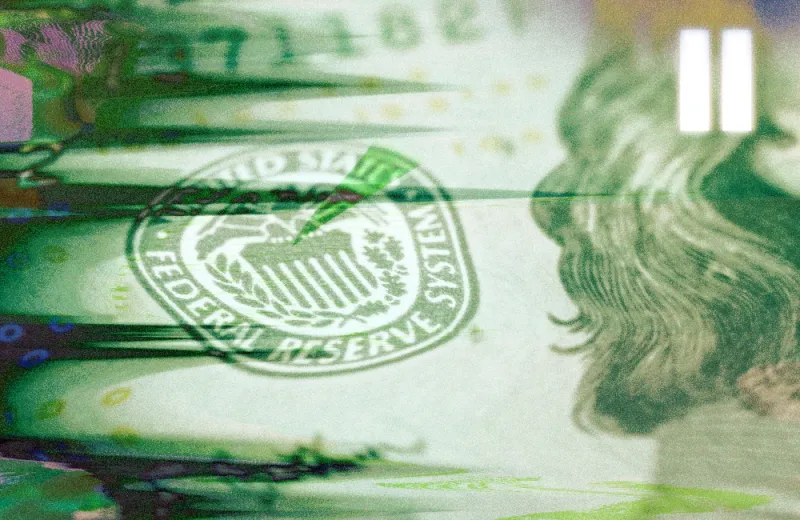J.P. Morgan’s Michael Cembalest — who last year channeled The Maltese Falcon to decry crypto as “the stuff dreams are made of” months before its crash — is back with a new film reference as he deconstructs the catalysts of the past decade’s boom. He labeled his 2023 outlook “The End of the Affair,” a reference to the 1955 film about doomed love in war-torn Europe.
“The affair with the market catalysts of the last decade is over now, and a new era of investing begins,” argued Cembalest, the chairman of market and investment strategy for J.P. Morgan Asset & Wealth Management, who is known for his iconoclastic and often contrarian views.
This year isn’t going to be particularly pretty, according to Cembalest, whose 31-page outlook predicts a “major growth slowdown” in the U.S. and Europe as the “largest combined monetary and fiscal experiment in history” is ending. As Cembalest tells it, that experiment coincided with “the cocktail napkin appeal of Modern Monetary Theory, the dream sequence of a rapid transition to renewable energy, the Potemkin village of many metaverse/fintech narratives, and the pseudo-libertarian gibberish of unregulated crypto.”
But it’s not all doom and gloom. Cembalest also thinks U.S. inflation will “cool enough” for the Fed to stop raising rates once they hit 5 percent, which he believes will happen in the spring. Cembalest added that “the end of negative real rates may usher in a period of improved stock picking by value-oriented managers,” instead of the focus on “profitless innovation” that’s dominated the past decade. He also thinks equity markets should bottom in the first half of next year.
Cembalest is anticipating a milder recession than that of 2008 or 2020, despite projecting that the earnings of the companies in the S&P 500 will decline between 10 and 15 percent.
Inflation remains the biggest threat. Cembalest pointed out that rising wages — a major component of inflation — will likely continue due to the retirement of baby boomers and a slowdown in immigration.
“Labor force participation rates are actually back to pre-Covid levels for people under the age of 55,” he wrote. “It’s mostly the 60-plus cohort that hasn’t come back to work, and there are few signs that they are planning to return. On immigration: while there was an increase in visa issuance in late 2022, the U.S. economy is still affected by the trough in immigration that occurred during Covid.”
Countering those effects is “the collapse in housing,” which he said “should dampen inflation substantially in 2023” and lead the Fed to “pause” in raising rates.
Longer term, Cembalest argued that the renewable energy transition, coupled with government policy bringing manufacturing back to the U.S., is going to keep pushing rates up. “The energy, CHIPs, and infrastructure bills are all part of a new U.S. industrial policy, which on the margin will increase inflation and put upward pressure on real and nominal interest rates in the long run,” he said.
The gradual decline of globalization is another part of the new era. Cembalest said that the U.S. and European conceit of “change through trade” or “constructive engagement” with China and Russia, respectively, has failed. Europe’s reliance on Russian energy is now causing massive headaches due to Russia’s invasion of Ukraine and Europe’s boycott of Russian energy. “Europe is paying the price for its pre-war energy reliance on Russia,” Cembalest said.
And in the U.S., concerns about China’s threat to national security and post-Covid worries about the supply chain has led to China’s declining share of U.S. imports, the collapse in new OECD direct investments into China, the increase in Congressional oversight of foreign direct investment in the U.S., and the decline in portfolio flows into China. (Cembalest noted that as of 2020, the U.S. trade deficit with China had disappeared because U.S. companies were doing almost the same amount of business in China as Chinese companies were doing in the U.S.)
“U.S. companies now cite rising U.S.-China tensions as their biggest problem,” he said.







